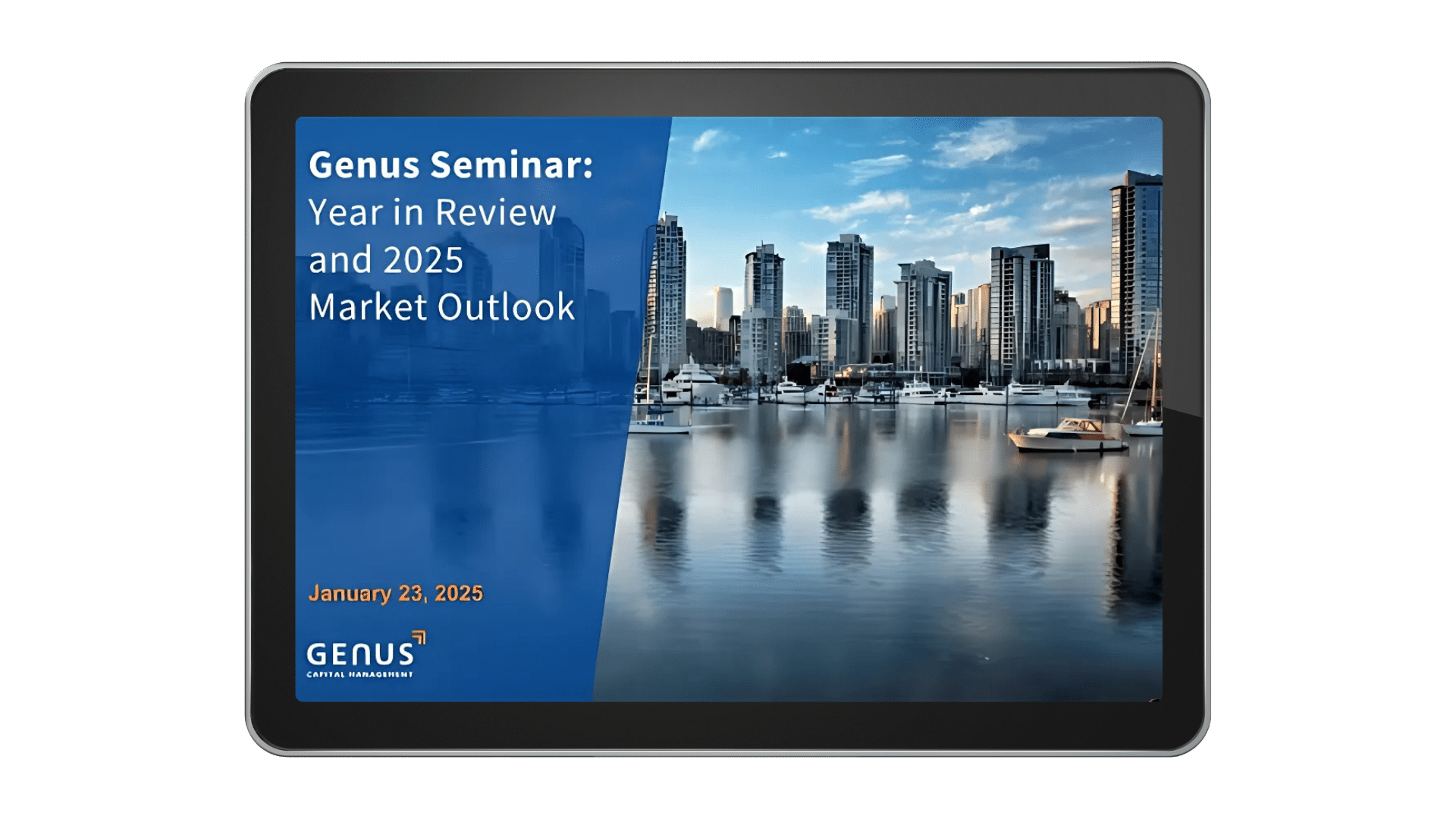Many institutions champion impact as part of their core mission. Whether they’re funding social programs, supporting environmental initiatives or working to reduce inequalities, organizations such as community foundations, educational institutions, non-profits and religious institutions are striving to make a difference in their communities and beyond.
And yet, when it comes to investing their capital, some institutions may find that their investments include sectors – such as oil and gas, tobacco or weapons – that do not align with their mission, or that include funds that have effectively greenwashed ESG. This may be due to legacy holdings or lack of an explicit impact investing policy.
By aligning their institutional investing strategies with their mission-driven work, institutions can extend their impact by supporting companies doing similar work or creating results that serve their objectives. And the good news is, more organizations are starting to develop formal impact investing philosophies and policies that can guide their journey along the impact investing spectrum.
Here’s why having an impact investment philosophy matters — and how your institution can build one.
An impact investment philosophy guides investing policy

While the idea of investing for impact isn’t new, explicitly articulating an impact investment philosophy – and translating that philosophy into impact investing policy – has yet to permeate mainstream investing practice. But we are seeing more institutions embrace it.
For example, CPP Investments, Canada’s biggest pension fund and institutional investor, has created a Policy on Sustainable Investing that emphasizes its belief that environmental, social and governance factors are critical to long-term value creation. In alignment with this policy and philosophy, CPP Investments not only integrates the assessment of sustainability-related factors into its investment and asset management activities, it also actively engages with portfolio companies to encourage sustainable practices.
Crafting an impact investment philosophy not only brings clarity and intentionality to an institution’s financial decisions, it also amplifies the power of their work and mission. In the case of MakeWay Foundation, a national charity and public foundation created to provide supports for Canadian environmental and social change initiatives, an impact investing policy has captured its commitment to an investing portfolio where “every investment generates a combination of financial returns and positive impact.” This commitment has driven MakeWay to align its investments with its mission of helping nature and communities thrive together.
Creating an impact investment philosophy is a strategy any institution can use to extend the positive impact they’re creating in the world. “Having the philosophy will give them clarity,” says Kenneth Sinn, Institutional Client Relationship Manager at Genus. “Not a lot of institutions have these right now, but we’re seeing more and more are starting to create them.”
Developing your impact investing philosophy

At Genus, we’ve worked with institutional impact investors to formalize their impact investing philosophy and translate it into policy. “First we have a discussion with their investment committee,” Sinn says. “Our goal is to understand their investing parameters, including time horizon, liquidity needs and unique requirements such as geographic region preference. We also look at their mission and values, as well as any specific requirements for returns – whether market returns or impact-focused returns. Once we have all the parameters, we work together to create an investment policy statement.”
You can get a start on shaping your investment philosophy internally before you speak to your wealth manager about creating the policy that will bring it to life. This requires understanding your core values as an organization, defining what impact means to you, and having a sense of how you’d like your capital to support your impact goals.
Sinn says that while most institutions come with their values already defined, some need help in articulating and aligning them with impact investments. We do this by translating their philosophy into a clear investing policy statement that brings their goals together with specific investing strategies. Usually a few pages long, it lists their objectives, assets and individual investing parameters. “The impact investing philosophy is the starting point for the policy,” Sinn says. “The policy is our actionable document.”
If you’re doing this on your own, there are resources and prevailing standards, such as the Operating Principles for Impact Management, that can guide you through a step-by-step framework to integrate impact management and measurement into your investment processes. At Genus we also use the UN Sustainable Development Goals as a framework for impact investing alignment. “Our High Impact Equity Fund aligns to the SDGs, and every quarter we show our clients exactly how their investments match up with their specific goals,” Sinn says. (Please refer to the Fund Facts and offering documents for full details, including risks and performance history.)
Many institutions are taking a blended finance approach to institutional impact investing, which is also something we can explore as we turn your impact investing philosophy into a concrete investing strategy.
Creating impact for the long-term

Many organizations are eager to double down when it comes to creating positive impact in the world. But investment impact is never created in a day – in fact, impact outcomes are complex and can take time to materialize. We advise our institutional clients to also take their time in developing their impact investing philosophy and strategies. “This is not a short-term plan,” Sinn says. “And patience is a big part of it. Most foundations are eager to make significant impact, but they need to align their requirements for returns and performance with their objectives on the impact side.”
This usually means starting with a small portion of your assets and allocating more over time. The important thing to know is that you don’t have to fully commit all capital right away.
Ensuring all of your stakeholders are on the same page can take time – but it’s an important process in ensuring your impact investing strategy is well supported. Of course it doesn’t have to mean your policy is set in stone. As the organization’s goals evolve, so too will your investment philosophy and policy. “Usually we review it with our client at least once a year to make sure it accurately reflects their mission and values,” Sinn says.
Finally, once you have your investment philosophy and policy in place, it’s time to share it! Communicate your added impact with your stakeholders and community. After all, positive action often begets more positive action. And your steps to creating a bigger impact will likely have ripple effects that extend well beyond your impact investment portfolio.
Want to explore whether impact investing is right for your institution? Contact a Genus advisor today.
Impact investments involve financial risk, and returns are not guaranteed. Investors should consider their financial goals, risk tolerance, and consult a financial professional before investing.
References:
Moulds, J., Valentino, S., & Michalopoulos, G. (2025, May 2). JP Morgan’s ‘sustainable’ funds invested £200m in mining giant Glencore. The Guardian. https://www.theguardian.com/environment/2025/mar/01/jp-morgan-sustainable-funds-mining-giant-glencore?utm_source=chatgpt.com
- Gonzales, F. (2025b, February 13). CPP Investments reports $699.6 billion in net assets, achieving milestone ahead of projections. Wealth Professional. https://www.wealthprofessional.ca/news/industry-news/cpp-investments-reports-6996-billion-in-net-assets-achieving-milestone-ahead-of-projections/388338?utm_source=chatgpt.com
- Canada Pension Plan Investment Board (CPP Investments). (2025). Policy on sustainable investing. https://www.cppinvestments.com/wp-content/uploads/2025/02/CPP-Investments-Policy-on-Sustainable-Investing-February-2025-ENGLISH.pdf
MakeWay. (2023). Investment policy (p. 2). https://makeway.org/wp-content/uploads/2023/06/022-Investment-Policy-Statement-June-2023.pdf
- Invest for Impact | Operating Principles for Impact Management. (n.d.). https://www.impactprinciples.org/











